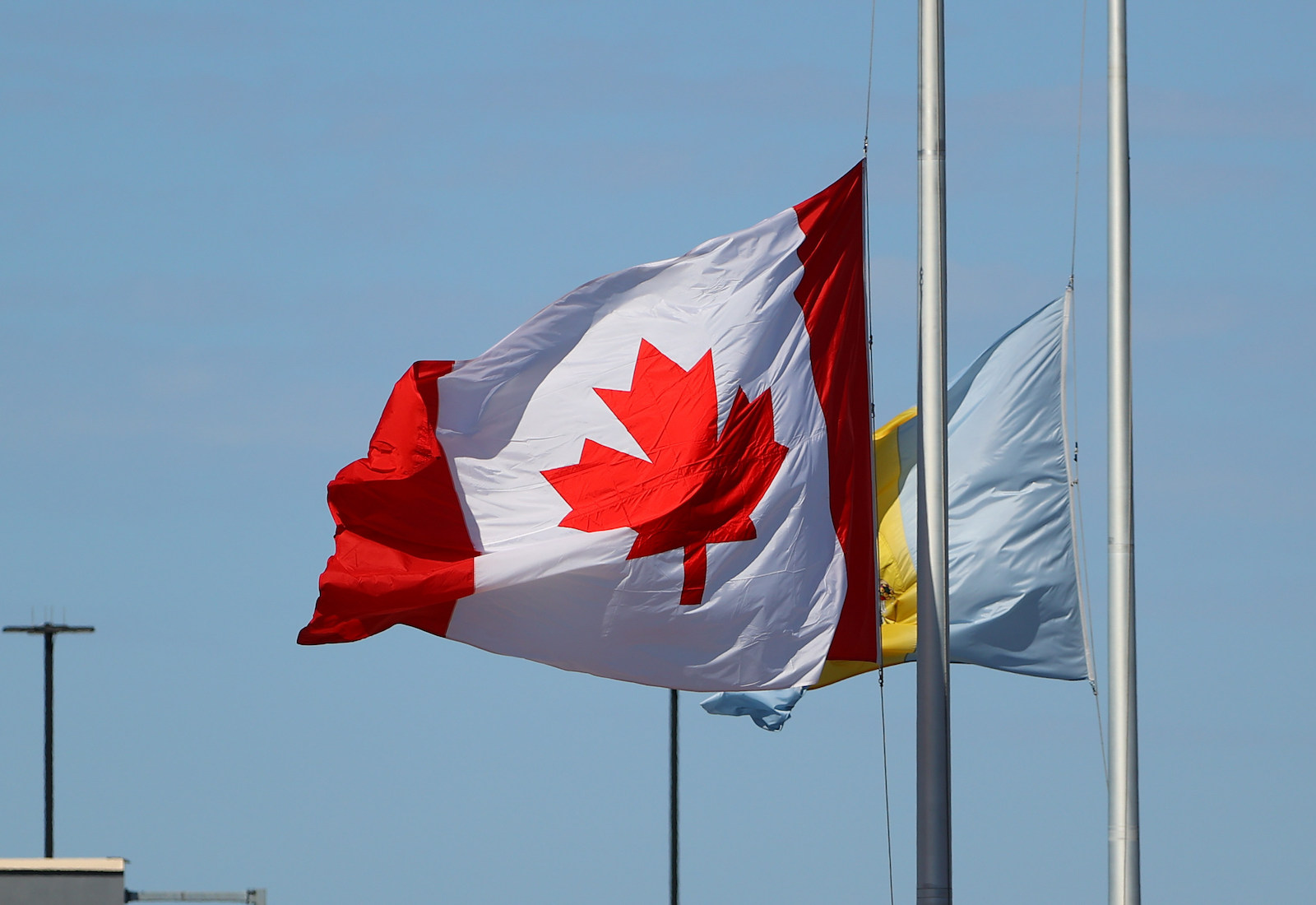Canada has long touted ambitious targets to address global warming. But only now does it have a comprehensive roadmap to meet them.
Canadian Prime Minister Justin Trudeau released a sweeping 2030 Emissions Reduction Plan on Tuesday, laying out a series of actions the country will take to cut climate pollution 40 to 45 percent below 2005 levels by the end of the decade. The plan, which was a key requirement of a climate accountability law passed last summer, includes more than $7 billion in new investments across much of the Canadian economy and is intended to set a path toward nationwide decarbonization by 2050 while simultaneously bolstering economic opportunity.
“[C]limate action must go hand in hand with keeping life affordable for Canadians and creating good jobs,” Canada’s environment agency wrote in an introduction to the new roadmap. Funding proposed in the bill will need parliamentary approval to form part of the government’s 2022 budget.
The plan follows years of criticism over Canada’s failure to walk the talk when it comes to climate action: Since 1990, the country has failed to meet every climate target it has ever set for itself. And prior to its most recent pledges, the government’s own projections foresaw an uptick in climate pollution by 2030, rendering the country’s policies and action “highly insufficient” to limit global warming to below 2 degrees Celsius (3.6 degrees Fahrenheit). In fact, Canada has performed worse on greenhouse gas reduction than any other G7 country since the Paris Agreement was negotiated in 2015.
However, many environmental advocates see new promise in the Trudeau government’s detailed roadmap. The plan includes billions of dollars to drive down emissions from buildings, electricity generation, agriculture, transportation, and — notably — the oil and gas sector, which accounts for more than one-fourth of Canada’s climate pollution.
“Canada’s first-ever emissions reduction plan takes us from policy promises to a roadmap for action, offering a serious plan to reduce Canada’s emissions,” Merran Smith, executive director of the nonprofit Clean Energy Canada, said in a statement.
Key provisions of the emissions reduction plan include a requirement that oil and gas producers slash climate pollution 42 percent below 2019 levels by the end of the decade — the first time that Canada has set a specific target for the sector. The government says this will be achieved through a sector-wide emissions cap, which the government is in the process of designing in consultation with industry and provincial governments.
Other parts of the roadmap include a mandate for all new passenger cars and trucks to be electric by 2035, and for fossil fuel-powered commercial trucks, buses, and other medium- and heavy-duty vehicles to be phased out by 2040. The plan pledges $1.36 billion in incentives to help consumers switch to EVs, as well as additional funding to install 50,000 EV charging stations across the country.
Additionally, the plan sets aside funding for community-led climate action — for example, through a $144 million Indigenous Leadership Fund meant to support clean energy and energy efficiency projects.
The plan isn’t without its flaws, however. Some have argued that the plan’s benchmarks are unrealistically ambitious. For instance, auto manufacturers have said that the roadmap doesn’t include enough funding to boost EV sales in line with the government’s targets. Others have criticized its goal of reducing the oil and gas sector’s climate pollution without limiting production, which would require fossil fuel companies to make dramatic improvements in carbon capture and emissions intensity, or the emissions associated with each barrel of oil.
“In Canada we think we can have our cake and eat it too, addressing climate change and continuing to expand oil and gas production,” said Caroline Brouillette, national policy manager for Climate Action Network Canada, a coalition of environmental organizations. “We have to tackle that elephant in the room if we want to finally see the oil and gas sector stop preventing us from reaching our climate goals.”
Jennifer Skene, natural climate solutions policy manager for the Natural Resources Defense Council, also blasted the government for flaws in the way it accounts for climate pollution related to natural resources — including which forests to count as carbon sinks and how to measure emissions from logging. Echoing concerns expressed last week in a letter to Trudeau penned by more than 90 scientists, Skene argued that the country’s accounting choices create a “logging industry-sized hole” in Canada’s emissions reduction plan, letting the industry off the hook for 80 million metric tons of greenhouse gas emissions per year — more climate pollution than is produced by the country’s tar sands production.
“The investments that Canada has made in climate solutions are something to celebrate,” Skene said, “but until you couple those investments with accurate foundational information … it’s not going to be taking the right approach.”
The Canadian government will have an opportunity to address these and other concerns in regular progress reports due out in 2023, 2025, and 2027, as well as in additional plans produced for the period between 2035 and 2050. Besides fleshing out its existing strategies in greater detail, Brouillette said she hopes the government will use these opportunities to consider policies that are in greater alignment with the principles of climate justice. “We know that fighting climate change requires more than only reducing greenhouse gases,” she said. “We would like to see in the next iteration a little more granularity in terms of social and economic policies … to make our society more just and equitable.”



